Malayer Rugs: A Persian Treasure
The Enigmatic Origin of Malayer Rugs
Malayer Iran: The Birthplace of Artistry
Malayer, a historic city located in the western part of Iran within the province of Hamadan, has long been celebrated as a vibrant centre of Persian rug making. This city, with its rich cultural and artistic heritage, has contributed significantly to the Persian rug industry, known worldwide for its exquisite craftsmanship and intricate designs.
The origin of Malayer rugs is deeply rooted in the traditions and history of Iran, reflecting centuries of evolution in Persian textile art.
The tradition of rug making in Malayer dates back to ancient times, with the craft being passed down through generations of weavers. These artisans have honed their skills over centuries, creating pieces renowned for their unique patterns, quality, and beauty.
The history of Malayer rugs is intertwined with the broader history of Persian carpets, which saw a significant flourish during the Safavid dynasty in the 16th century. This era marked a golden age of Persian art and culture, with the Safavid rulers patronizing the carpet weaving industry and transforming it into a form of high art.
Malayer, benefiting from its geographical position and the abundance of skilled craftsmen, emerged as one of the key sites for this artistic endeavour.
The city's strategic location also played a crucial role in the development and spread of Malayer rug fame. Situated on ancient trade routes, Malayer was a crossroads for the exchange of goods, ideas, and artistic traditions between Persia and the broader world. This exposure to different cultures and artistic influences enriched the design and technique of Malayer rug weaving, contributing to their distinct style and appeal.
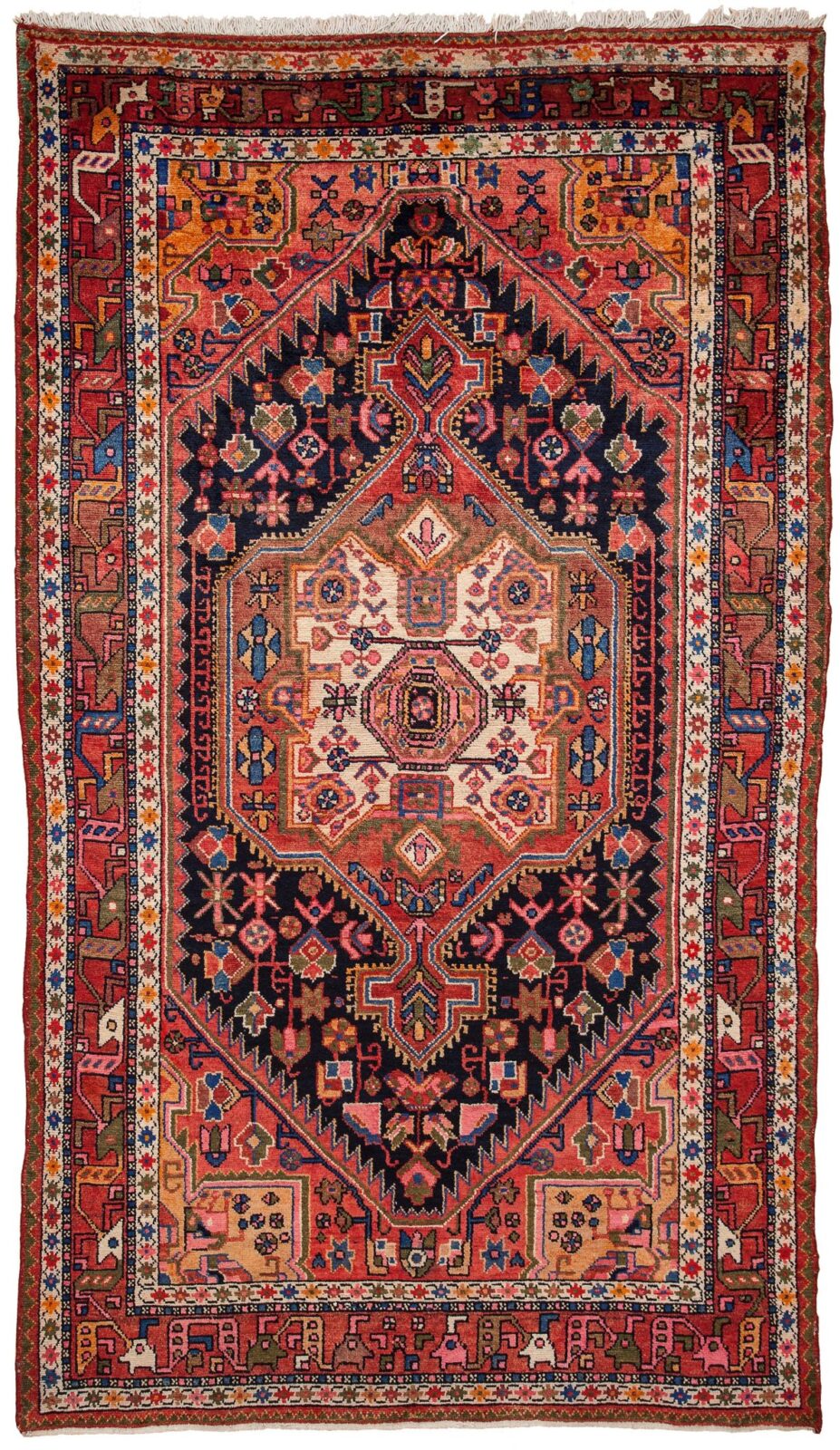
Persian Malayer Rugs Distinctive Traits
Unlike the mass-produced carpets of some larger cities, Malayer rugs are distinct for their variety and the individuality of each piece. This diversity is largely due to the cottage industry nature of rug production in the area, where individual weavers or small family workshops produce rugs that reflect their personal artistic vision and the influences of their local community. This has resulted in a rich tapestry of designs, each telling a unique story through its patterns, colours, and motifs.
Malayer rugs typically feature intricate designs, incorporating a mix of geometric and floral patterns. The weavers’ skill in colour blending and their ability to create detailed motifs with the hand-spun wool and natural dyes have made these rugs highly prized. Each rug is a reflection of the weaver's individual creativity and the cultural heritage of Malayer, making it a unique piece of art.
Artistry Woven in Threads
Malayer rugs are a testament to the artistic prowess of their makers. Their intricate designs, often featuring floral motifs and geometric patterns, have captivated rug enthusiasts worldwide. Each rug tells a story, woven with threads of local history, cultural motifs, and the personal touch of the artisan. The diversity in patterns is also a hallmark of Malayer rugs, ranging from the 'Herati' pattern, characterized by a flower centred in a diamond with curving leaves outside and inside the diamond, to the more abstract and free-form designs that mirror the weaver's individual artistic expression.
This blend of tradition and individual creativity has made Malayer rugs highly sought after by collectors and decorators alike, who appreciate not only their beauty but the rich history and culture they embody.
Understanding Persian Rug Sizes
The Varying Dimensions of Persian Rugs
Persian rugs, with their unparalleled craftsmanship and intricate designs, are available in an array of sizes to accommodate any space or aesthetic preference.
The sizing spectrum of these rugs is broad, encompassing everything from small scatter rugs that might adorn a foyer or punctuate a space, to vast carpets designed to anchor and define the ambiance of an entire room. Small rugs typically range from 2x3 to 4x6 feet, ideal for adding a touch of elegance to compact spaces. Medium-sized rugs, often found in dimensions of 4x6 to 6x9 feet, are versatile pieces that can fit beautifully in bedrooms, dining rooms, or living areas.
Large rugs stretch from 6x9 to 9x12 feet, serving as the foundation for furniture in spacious rooms, while oversized rugs exceed these dimensions, providing luxurious coverage for expansive areas. Each size category serves a distinct purpose, from creating intimate seating areas to unifying large, open-plan spaces with a cohesive design statement.

Majestic Palace Rugs
Palace rugs stand at the pinnacle of Persian rug sizes, embodying sheer magnificence and grandiosity. These sprawling carpets, often exceeding 10x14 feet, are designed to complement the vast halls and grandiose spaces of palaces, mansions, and large estates. The dimensions of palace rugs can vary widely, with some custom pieces reaching sizes that cover entire ballroom floors.
Their large scale does not compromise detail or quality; instead, it provides a grand canvas for showcasing the most elaborate and detailed designs Persian weavers are famous for. These rugs often feature classical motifs, including intricate floral patterns, medallions, and hunting scenes, rendered with a precision and depth of colour that enhances their visual impact.
Palace rugs are not merely floor coverings, but are significant art pieces that have graced the most regal and ceremonial of settings, reflecting the pinnacle of Persian weaving artistry.
Joe Rugs - Carpet Expert
Hello! I'm Joseph Rugs, the founder of CarpetJoe.com and your guide through the intricate world of carpets. Born and raised in London with a deep-rooted passion for art and culture, I've explored the globe to bring the rich tapestry of carpet weaving right to your screen. My academic background in arts and humanities from Oxford has fue led my curiosity, leading me to uncover the stories behind every knot and weave. As a family man, my adventures are shared with my loved ones, enriching our lives with every piece of art we encounter. Join me as we explore the beauty and craftsmanship of carpets together.
Exploring the Finest Rugs in the World
Regions of Rug Excellence
The tradition of rug making spans across various cultures and regions, each contributing its unique signature to the tapestry of global textile art. Persia, now Iran, stands out as the historical epicentre of rug weaving, with cities like Tabriz, Isfahan, Qom, and Kerman being synonymous with rug excellence.
Persian rugs are celebrated for their extraordinary detail, rich colours, and diverse patterns, ranging from garden designs to medallioned motifs.
Turkey, another pivotal region, offers the world the legacy of Ottoman carpet weaving, with areas like Hereke and Kayseri known for their silk rugs and intricate patterns.
The Caucasus region, spanning Armenia, Azerbaijan, and Georgia, contributes rugs with bold geometric designs and vibrant colours, reflecting the rugged landscape and spirited cultures of the area. Meanwhile, India and Pakistan have emerged as significant centres of rug production, blending traditional designs with modern techniques, and creating rugs that appeal to contemporary and traditional tastes alike.
Each of these regions boasts a unique craftsmanship and design aesthetic, deeply rooted in history, culture, and local artistry, making their rugs highly sought after by collectors and enthusiasts around the globe.
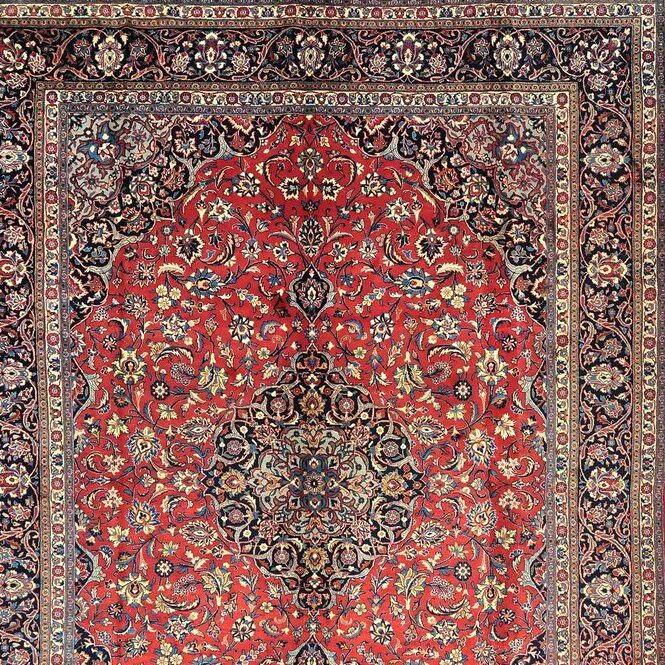
Persian Rugs
Originating from what is now modern-day Iran, Persian rugs are celebrated for their unparalleled craftsmanship and enduring beauty.
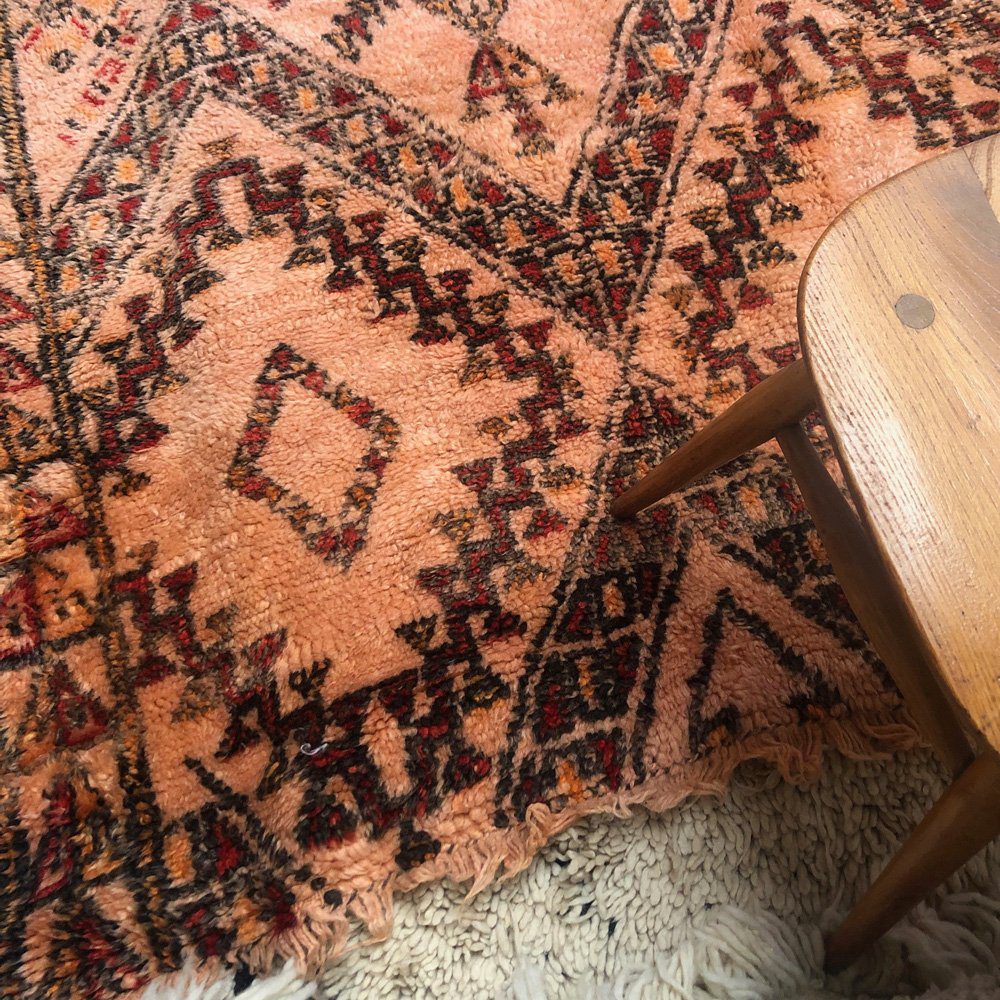
Berber Rugs
Originating from the Berber tribes of North Africa, particularly Morocco, this type of carpet is renowned for its rugged texture and resilient nature.
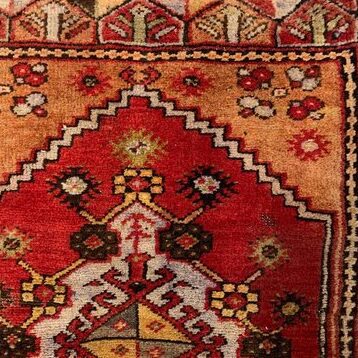
Turkish Rugs
Turkish rugs have a legacy steeped in history and artistry, and have always been a symbol of exquisite craftsmanship and cultural significance.
Carpet Care & Maintenance
Rug Cleaning Mastery and Solutions to Common Damages
Understanding the proper techniques for rug cleaning is essential for maintaining their beauty and longevity. Regular vacuuming is a key step in preventing dust and dirt accumulation. However, deeper cleaning methods, such as steam cleaning or dry cleaning, are necessary for removing stubborn stains and embedded dirt.
Steam cleaning, or hot water extraction, is particularly effective for thorough cleaning and sanitizing.
For delicate rugs, dry cleaning with special powders or solvents is advisable.
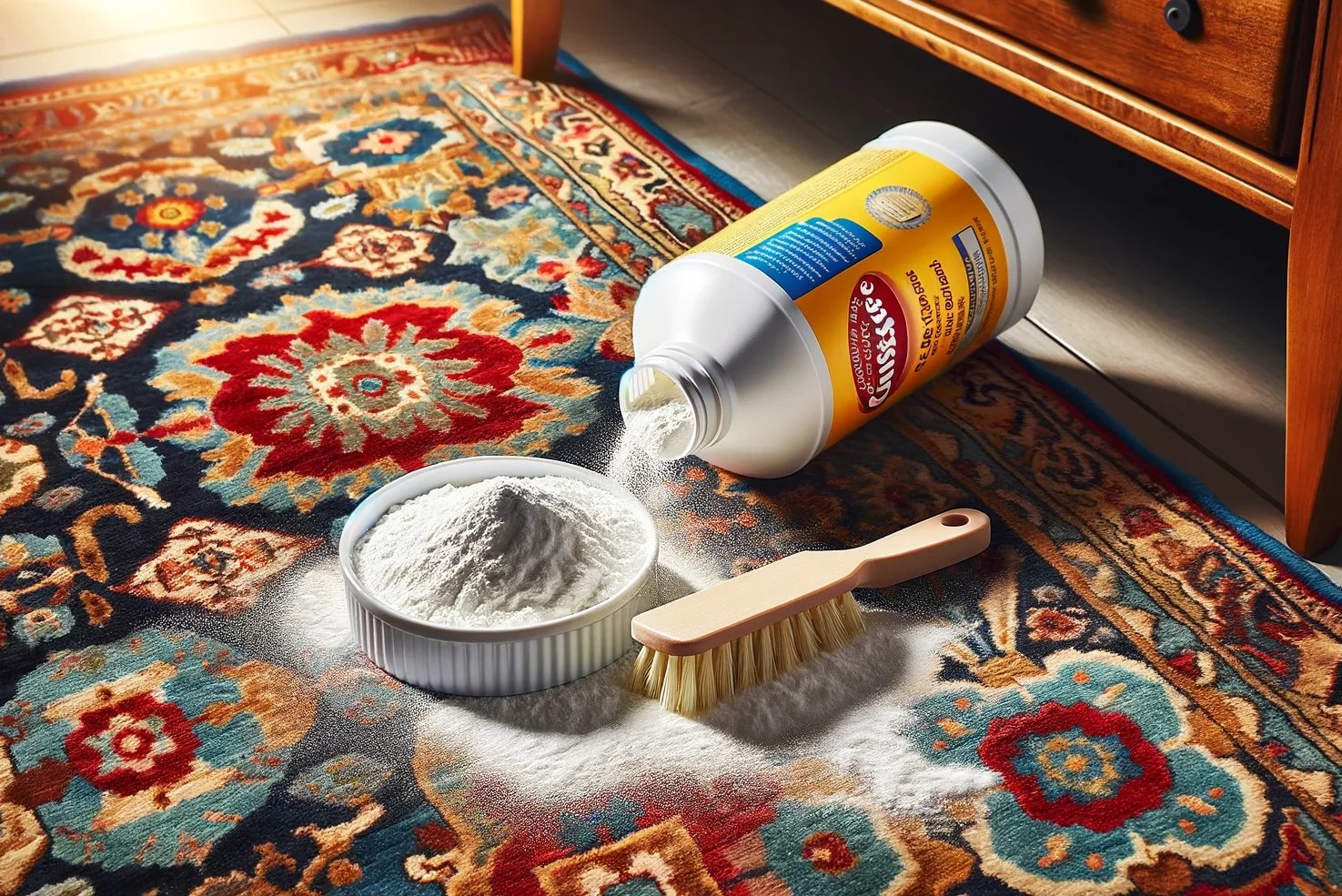
Homemade Flea Treatments for Carpets
Homemade flea treatments for carpets offer a natural and cost-effective alternative to commercial products. Read More →
Frequently Asked Questions
Malayer rugs originate from the city of Malayer in Iran. This region has a long history of producing exceptional handmade rugs, and Malayer rugs are among its most famous exports.
Persian rugs come in various sizes, ranging from small accent rugs, typically around 2'x3', to room-sized rugs that can be 8'x10' or larger. Palace rugs, on the other hand, can be enormous, often exceeding 12'x15'.
Palace rugs are known for their immense sizes, with dimensions often exceeding 12 feet in width and 15 feet in length. These grand rugs are designed to adorn the floors of palaces and grand estates.
The world's best rugs come from various regions, including Persia (modern-day Iran), Turkey, India, and Afghanistan.
Each of these regions has its unique rug-making traditions and styles, contributing to the diversity and excellence of the global rug market.
The main differences between Persian and Turkish rugs lie in their origin, design, materials, and knotting techniques. Persian rugs are from Iran and often feature intricate floral motifs with silk inlays, while Turkish rugs are from Turkey, known for geometric patterns and tribal designs.



